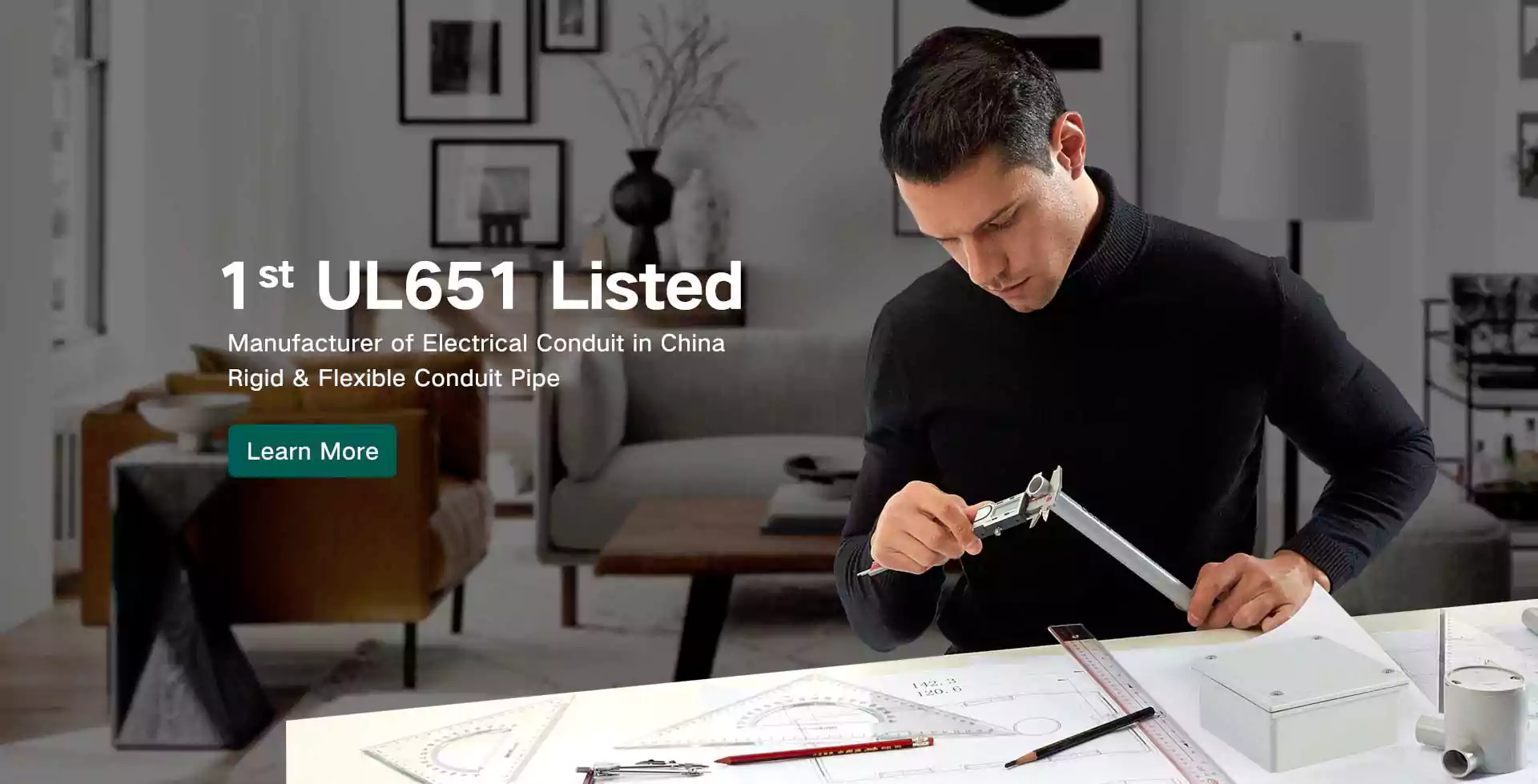
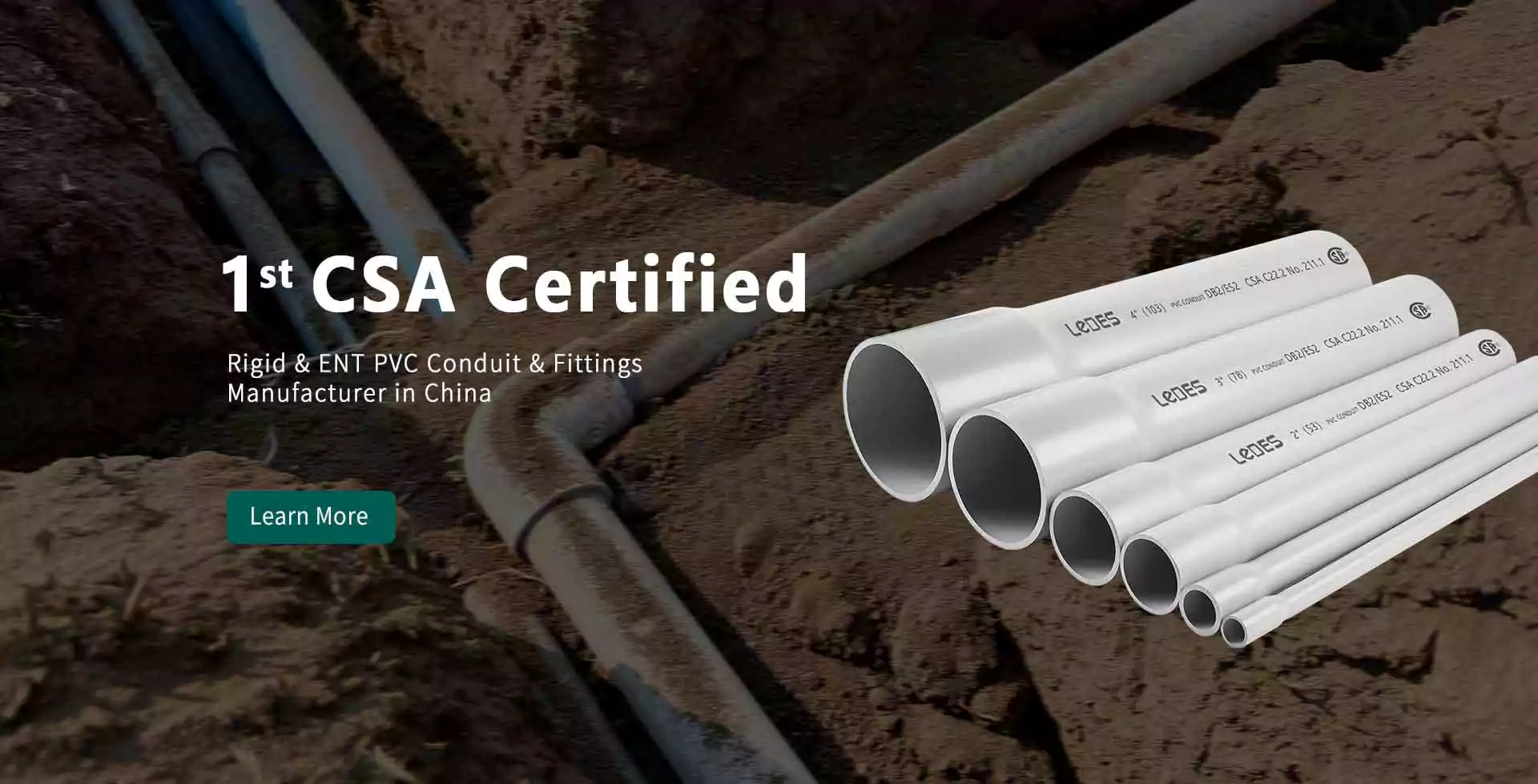
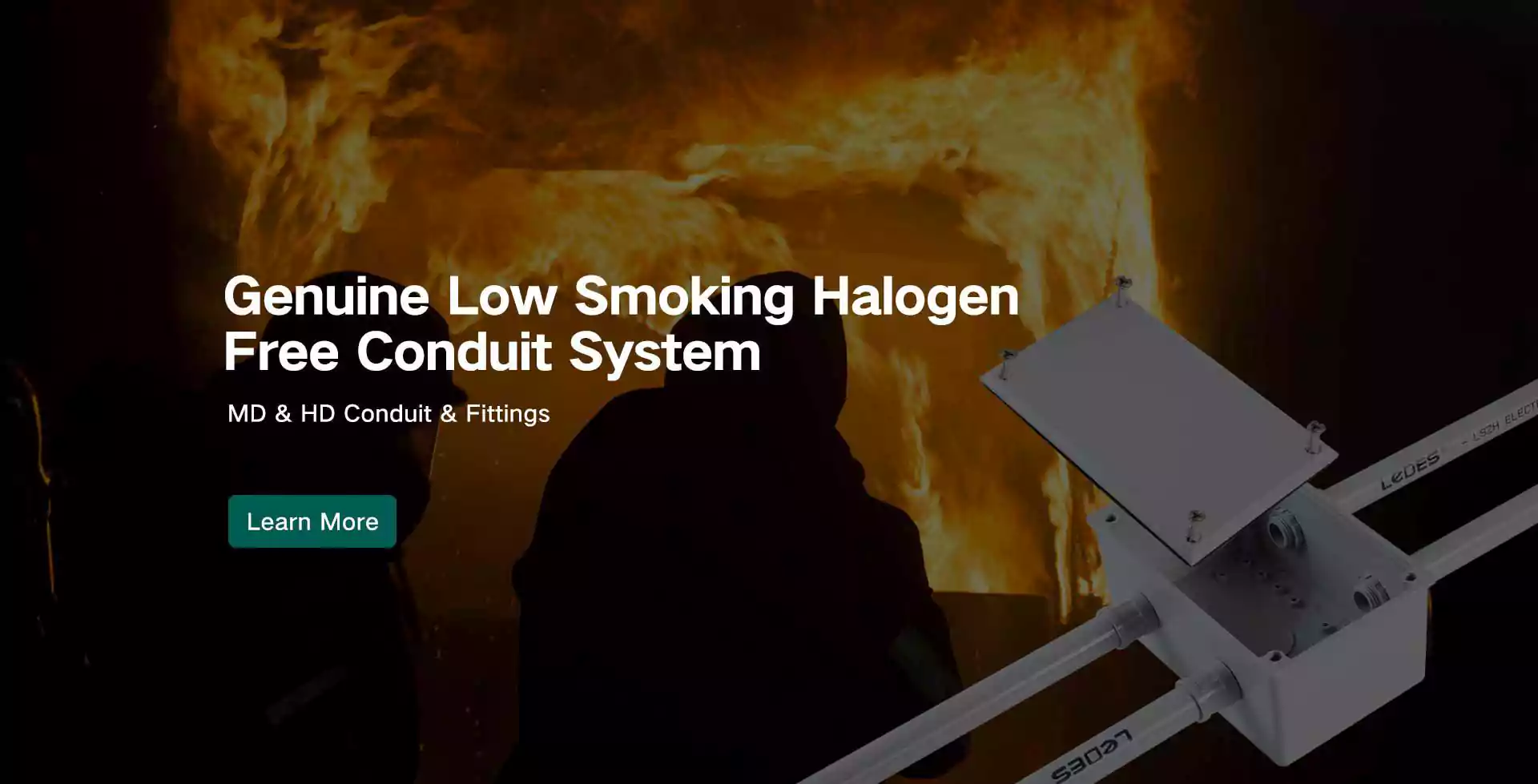
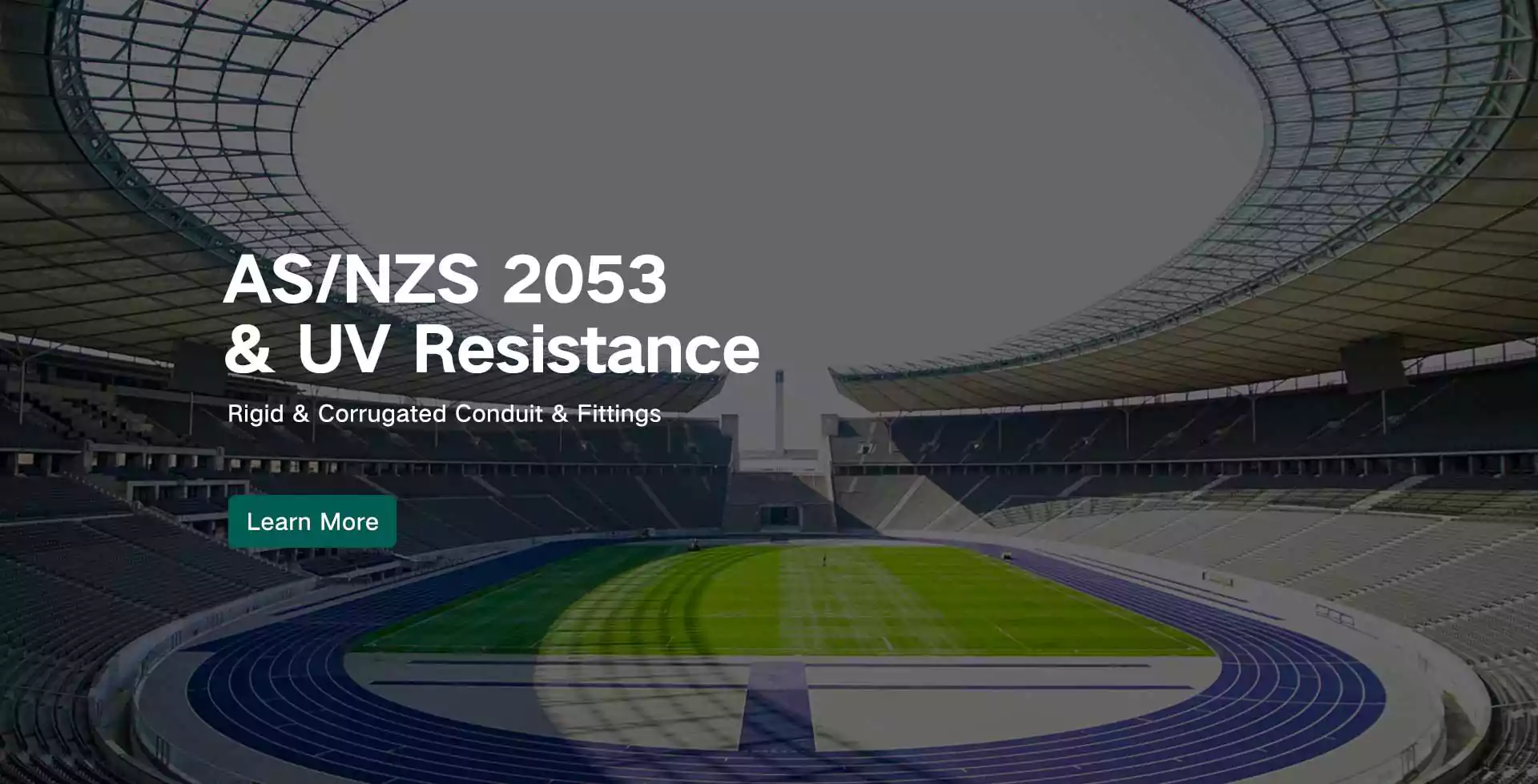
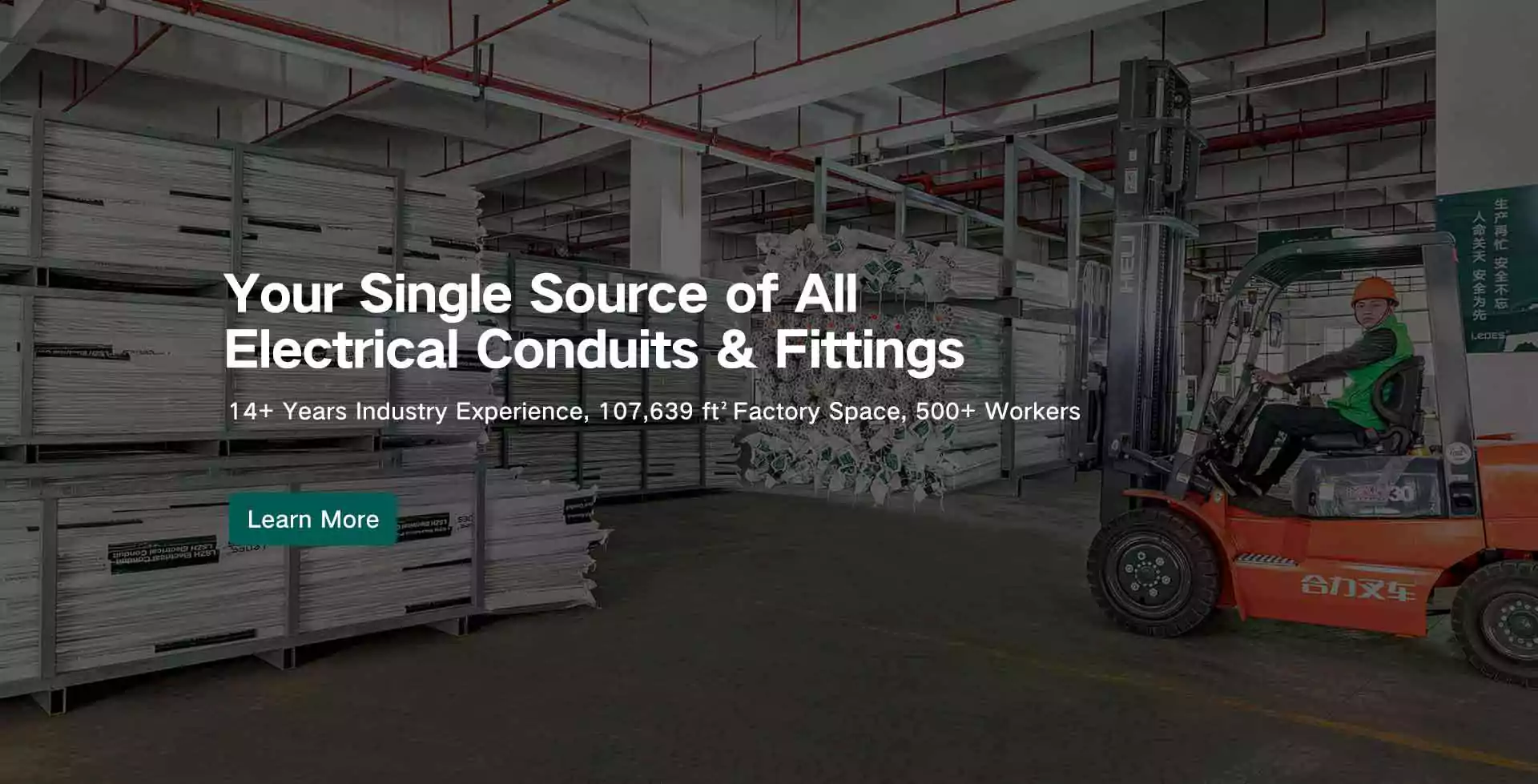
UL认证PVC导管常见问题解答
在本页中,您可以查看有关 UL 认证的 Schedule 40 导管、Schedule 80 导管、DB60、DB100、DB120、ENT 导管和配件的问题。.
我们收集了业内最常见的问题,您可以自行查看。如果您还有其他问题,请与我们联系,我们将根据问题的类型决定是否在此公开展示。.
您无需这样做。您只需访问 UL 网站并查找列出的制造商即可。您也可以打印结果页面;UL 列出的标记显示在产品上。
Ledes 硬质非金属 PVC 导管符合 UL 651 标准并符合 NEMA 标准 TC-2。
Yes, all ENT is limited to 600 Volts or less based on NEC code.
Ledes 的 40 & 80 号刚性 PVC 电工导管管材及配件符合美国保险商实验室 (UL) “耐日光”等级要求,并被 UL 列为可在阳光直射下使用。然而,Ledes 通过了配方和制造工艺的升级,性能大幅提升,因此通过了 UL 耐日光测试的最高等级。然而,任何塑料管材长期暴露在阳光直射下,其物理性能都会逐渐劣化,管道开始变黄,最后变成棕色,同时其抗冲击性能也越来越弱,最直观的现象就是导管变脆。因此,我们在工程施工过程中,如果需要将其长期(例如超过六个月)存放在室外环境中,需要提前用防水布或其他不透明材料覆盖,并保持空气流通,管道存放在有支撑的盖板上。
是的。我们的 40 和 80 号电气导管专为封闭混凝土、干式墙、直埋和户外用途而设计。有关允许的安装和限制,请参阅相关 NEC 指南。
Yes, Ledes ENT tubing and fittings can be encased in concrete.
Ledes 40 和 80 号电气导管和配件符合 UL 651 标准,且 100% 符合“耐日光性”规范。
我们的产品已通过 UL 94V-0 (ASTM D 3801) 认证。这意味着我们的 40 和 80 号电气 PVC 导管在切断火源后 5 秒内会自行熄灭。而 Ledes 40 和 80 号低烟无卤导管系列在燃烧后会释放更少的烟雾和零卤素。
Ledes Gang Box & Slab Box follow to codes: UL514C,CSA C22.2 No. 85.
Ledes 导管最高工作温度范围为 -40 至 +110℃(-40 至 230℉)。但我们仍建议在 -4 至 50℃(-20 至 122℉)的温度下安装,尤其是在户外或阳光直射下,并且应按照建议的间隔安装膨胀接头。
不是,两者的区别在于设计目标。40号PVC导管用于电力输送,40号水管用于输水。
DB-120 和 EB-20 符合 UL 651 标准。所有公用设施管道均符合 ASTM F-512 和 NEMA TC 6&8 标准。
是的。DB-60、DB-100 和 DB-120 可以直接埋入地下或安装在混凝土中。EB-20 和 EB-35 必须嵌入混凝土中。
根据 NEC 第 352.10 条规定,Schedule 80 PVC 导管应适用于可能受损的区域。两者的区别在于管壁厚度。与 Schedule 40 PVC 导管相比,Schedule 80 PVC 导管管壁更厚,这意味着其抗冲击性更强。这就是 NEC 如此说的原因。
是的,所有符合规定的PVC导管均可使用此方法。但我们仍然建议,在发生火灾时,应同时使用符合规定的防火封堵装置。
我们不提供产品的CAD文件图纸,但我们可以提供产品目录和技术参数文件,其中大部分已经在我们网站的下载页面提供。如果您有其他需求,可以联系我们的业务工程师获取更多信息。
中国是Ledes产品出口的原产国。
Schedule 40 和 Schedule 80 PVC 导管最大的区别在于壁厚。Schedule 80 PVC 导管的壁厚更厚。需要注意的是,两者的外径相同。.
此外,由于壁厚较薄,Sch 80 PVC导管具有更优异的物理性能。例如,在UL 651标准中,Sch 40导管所有尺寸的最小测试结果为700 lbf(约3113 N),而Sch 80导管所有尺寸的最小测试结果均为2000 lbf(约8896 N)。由于壁厚更厚,Sch 80 PVC导管的性能更佳。.
最后,由于壁厚不同,相同长度的 Sch 80 导管使用更多的 PVC 原材料,因此 Sch 80 PVC 导管的价格高于 Sch 40 PVC 导管。.
90°C 额定值是指电线绝缘层在不随时间推移而性能下降的情况下能够承受的最高温度。UL 651 认证的 PVC 导管通常额定适用于 75°C 的导体,但现在许多电气规范要求使用 90°C 额定值的导管,以便在不降低系统额定值的情况下适应更高温的布线。这种更高的耐温性可确保电气系统以最高效率运行,同时保持安全性和可靠性。
为了达到 90°C 的额定温度,PVC 导管必须通过额外的长期测试,这超出了 75°C 导管的标准要求。UL 651 规定的测试流程持续 360 天以上,导管需承受各种环境压力,包括长时间高温,以评估其抗热降解性、机械完整性和整体性能。
Yes, all Ledes Schedule 40 & 80 Conduit listed for 90℃ Wire.


